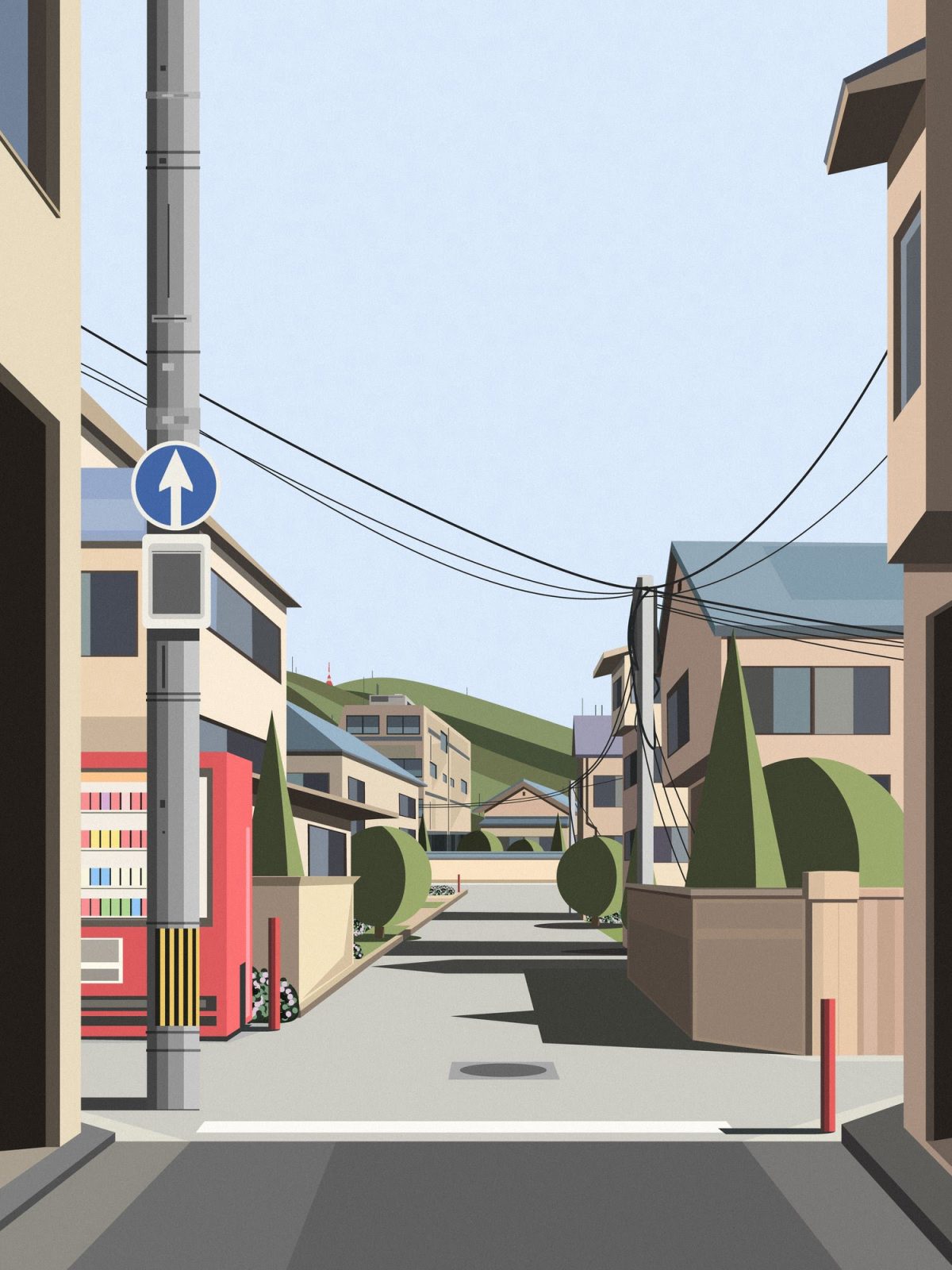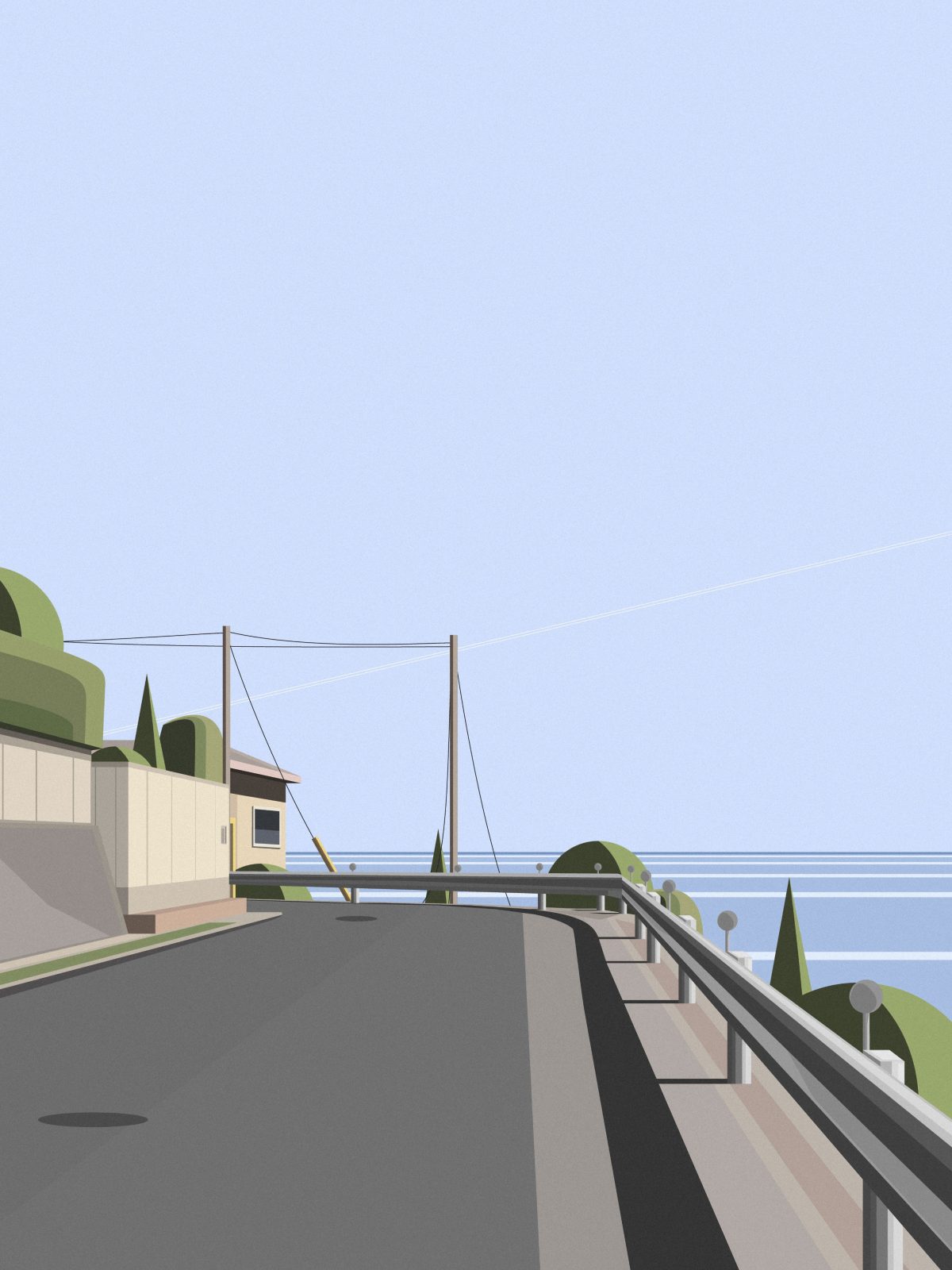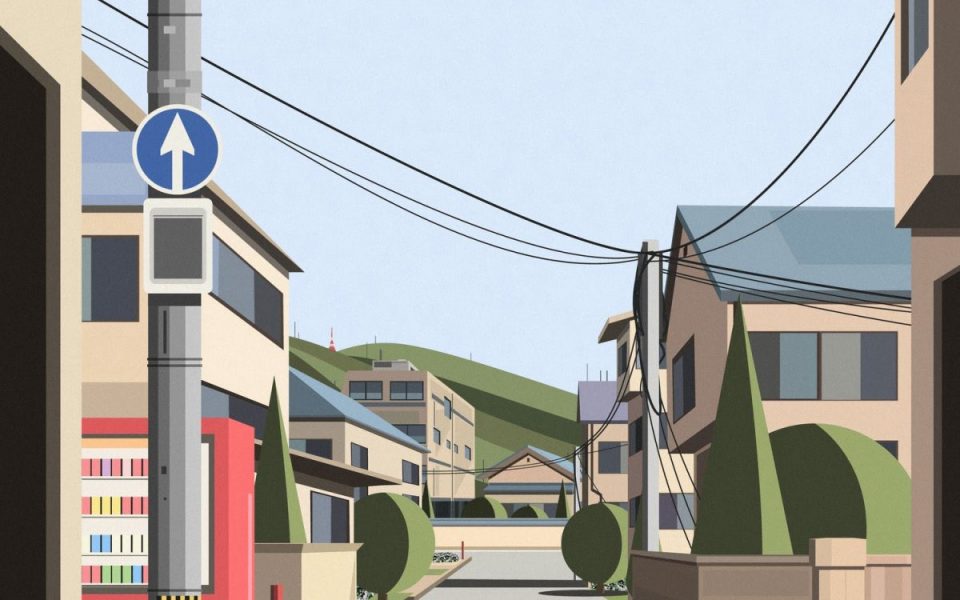Fine Art NFTs: How a Breakdancing Med Student Broke Into Web3
Getting a degree can be daunting. Between managing a school/life balance, memorizing course material, and potentially learning that landing a job isn’t the post-collegiate guarantee it used to be, it’s no wonder that, on average, roughly 33 percent of undergraduates do not complete their degree program. Some even describe college and its associating costs as soul-crushing.
And if the day-to-day university life isn’t enough, consider throwing one of your passions into the mix. Unless they make money, hobbies are often the first to fall by the wayside when life gets tough and time becomes limited. Do you think you could sustainably maintain your identity as a breakdancer or a visual artist while attempting to obtain something like a medical degree?
Well…that’s exactly what rising crypto-art star Grant Yun is endeavoring to do. Already nearing the end of his schooling to become a doctor, Yun has found it possible to continue his life as a competitive breakdancer while setting his sights on becoming not only a front runner of the NFT market, but also a household name in the traditional art world.
Yun and his ‘balancing act’
A breakdancer, a medical student, and a visual artist walk into a bar. It almost sounds like the start of a raunchy joke, but in this case, these three people are one and the same. The first question on everyone’s mind when they find out the many hats that Yun wears is, “How does he find time in the day for all three?” Yun’s response? “It’s kind of a balancing act.”
Due to the nature of our digital era, Yun feels less obligated to physically show up to meetings, classes, etc. “In the COVID era, everything is FaceTime and Zoom. You can do meetings and work from home. Tons of people are working from home,” Yun said in an interview with nft now. “I’ve really not found it very difficult in terms of a balancing act… It’s actually really cool being in the digital age and being able to wear multiple hats and still being able to balance all of it.”
Two of the leading creative sectors of Yun’s life, breakdancing and art, first took shape when he was just a kid. At a young age, Yun says he was drawn to art, even telling his parents, while he was no older than six, that he would become a photographer one day. Yet while his prowess as a visual artist manifested in a different form, his knack for breakdancing quickly developed as he grew into a teenager.
As a teen, Yun started breakdancing with his friends. But beyond being a B-Boy as a pastime, he says that his passion for dancing persisted throughout high school. Even when he moved away from San Jose to attend the University of Wisconsin, his passion fueled his interest, and he became involved in the midwest dance and hip-hop scene.
He transitioned onto a larger stage as a member of both a Milwaukee-based crew called Gravity Benders and the legacy breakdance crew Bronx Boys. Yun’s breakdancing continued as an essential feature of his life. “I just kept sticking with it. It was one of my biggest priorities outside of school,” he said. “And I just traveled all over the US, and just kind of got better little by little. I just kept going up, in terms of who I was competing, and the places I was going.”
Yet, parallel to his passion for breakdancing, Yun has always wanted to be a doctor. Having started out his college career with a focus on Biochemistry and Religious Studies, he says his trajectory into medical school stems from coming to terms with his mortality.
“Part of the reason why I wanted to be a doctor, and also why [I] create art is that I’m scared to die. I think dying and death and illness are really humbling processes for people. No matter how rich you are, no matter how popular you are, no matter how poor you are, everyone’s going to end up six feet under,” said Yun.
“It’s kind of a process that no one can actually comprehend. And no one can come back and tell you about what it’s like. I think my wanting to tackle that issue is kind of why [I] did religious studies, why I still want to be a doctor, and also kind of why [I] create art,” he continued.
Considering Yun’s passion for movement and for questioning the complexities of existence, it’s easy to visualize the path down which he glided into his role as a visual artist. Through the creation of pieces laden with his style of Neo-Precisionism, Yun captures still life through the absence of life.



“When you look at my art, it’s not really about people. Well, it is about people, but it’s not about this subject of people,” said Yun. “I try to think of my art as a timestamp in human history. When people look back on my work, they’ll say, ‘Oh, this was the architecture and what humans created in terms of landscapes and farmland and interior design of the 20th and 21st century.”
The culmination of Yun’s efforts
It is through a particular vein of Precisionism that Yun has found a foothold in the NFT space. However, success didn’t come for him overnight. Nearly a year passed before he began gaining notoriety in the NFT space. And even before then, Yun says that it was a leap of faith that brought him into the weird wide world of non-fungibles in the first place.
“I’ve been a huge advocate for crypto for a long time now, so the transition to creating NFTs was quite easy. In February of 2021, I actually had my wallet stolen, and all my crypto drained. A few days after the incident, I got accepted to SuperRare,” said Yun. “I took whatever money I had left in my bank account to pay for minting fees, and well… it’s one of the best decisions I’ve ever made. Looking back, had I not taken that leap of faith, I would not be where I am today.”
In the beginning, it seemed that Yun was approaching NFTs in a similar way to many other digital artists at the time. As the market had yet to cool down, with Beeple’s $69 million sale on everyone’s mind, Yun’s SuperRare feed was somewhat sporadic. After months of trial and error, his current version Neo-Precisionism began to take form.
From winter through summer 2021, Yun’s pieces consistently only brought in three-four figures. But when the fall hit and 1/1 art began to gain notoriety, Yun’s pieces were shared by collectors to a broader audience throughout the NFT space. “When I first minted, I was selling for like, 1 ETH and less. And there was a time when I just didn’t sell anything for a couple of months. I think it was definitely demoralizing as an artist,” said Yun.
“If you’re an artist, you have to know that it’s completely fine to take a break… Not only when you can afford to take a break, but because you feel like you’re not being valued as an artist, that’s completely fine. That is the time to take a break to really reassess what you want to do,” he continued.
Yun not only preaches this philosophy to help assuage the fears of being a minor artist, but as a reminder of his own success story. Especially since, after he took a break to realign his artistic vision and winter 2022 entered full swing, “Cow” would launch him into an entirely new bracket of prestige.
Through the high-profile sale of “Cow,” a conversation about the utility and value of fine art NFTs was kicked off. Some saw the piece as too simple to be worth 22 ETH (roughly $72,000), and others believed Yun’s creation could easily become one of the best use cases of CC0 licensed art in the NFT space.
Regardless of which camp you were in, it quickly became apparent that “Cow” had taken on a life of its own. Soon, countless artists were taking advantage of its CC0 status, replicating and duplicating it many times over to create new collections. All the while, Yun loved the publicity and celebrating people who used his “Cow” in interesting and unique ways.
“The money in my bank account is life-changing. I’m not going to downplay that. Of course, I’m thankful for every sale that I’ve received. But what I’ve really gotten out of this whole, process, that has been inspiring and humbling for me is how people now look at my work, and they want to create a derivative,” said Yun. “When they tag me in something they illustrate, or they take a photo and say it was inspired by me, that’s one of my biggest goals: to have people create things that are inspired by me. I think that’s like passing the torch along.”
For the future of Neo-Precisionism
Without Yun entering the space, it’s likely the conversation surrounding the value and utility of fine art NFTs would’ve been missing a crucial part. Through his works, he has both helped transform the 1/1 NFT sector and staked his claim on the future of CC0 art, all while developing his personal artistic goals, and the future of his Neo-Precisionism style.
Regardless of the success Yun will see in the NFT space, he ultimately wants to branch out far beyond the constraints of the blockchain. While he appreciates the vibrant ecosystem of support and prosperity being created for digital artists in the NFT space, Yun recognizes that digital artists are often undervalued and underpaid, and said the “light at the end of the tunnel” comes from NFTs going mainstream.
“In terms of the overall mindset for my art, I think I’ve always had this angst, even before NFTs. I wondered, ‘as a digitally-native artist, how am I going to make an impact in the art world?’” said Yun. “I think there are certain things that I want to accomplish that I don’t necessarily want to disclose at this point… But one of my long-term goals is ultimately to become a household name. Not only just on Twitter, but being recognized for my style worldwide.”
While his goals may remain mysterious, it’s hard to discount Yun’s accomplishments within the NFT space. From introducing a fresh new style into the crypto-art ecosystem to achieving a significantly high accolade as the final acquisition from enigmatic investor Cozomo de’ Medici, it’s clear that he’s a rising artist that has become a favorite of artists and collectors everywhere.
The post Fine Art NFTs: How a Breakdancing Med Student Broke Into Web3 appeared first on nft now.


 Cow
Cow  Artwork by
Artwork by  Sold to
Sold to